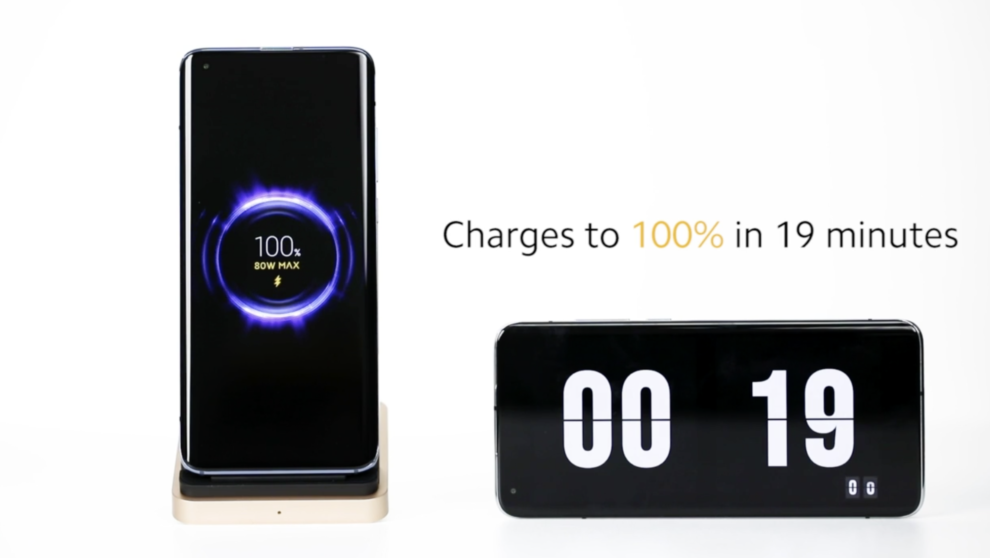Xiaomi’s new wireless charging tech is faster than most phones’ wired solutions
How fast does 80W sound?

Charging speeds on smartphones is one of those aspects that have no upper limit — the faster the better. Aiming to win accolades on the wireless front, Xiaomi has unveiled its new 80W Mi Wireless Charging Technology.
Earlier this year, we saw many manufacturers announce breakthroughs with wired charging, finally crossing the 100W threshold. Companies such as Oppo and Realme went the high current route while iQoo and Xiaomi increased the voltage. Since none of them have become commercially available yet, it’s too early to comment on which is the most elegant solution.
The existing record for the fastest wireless charging on a phone is coincidentally also held by Xiaomi for the Mi 10 Ultra which was launched in August. With the new 80W Mi Wireless Charging Technology, Xiaomi extends its lead in the space even further. This is the third consecutive time the Chinese tech giant has claimed the accolade in a span of less than 12 months.
It was shown in action on a modified Mi 10 Pro, recharging up to 10% in just a minute, 50% in 8 minutes and full in about 19 minutes. Interestingly, there doesn’t seem to be any significant slow down towards the end. Wired charging solutions usually come with a ‘trickle phase’ to slow down the charging for the last bit to go easier on the battery.
Xiaomi did not suggest any timelines for when the 80W wireless charging tech will debut on a smartphone. The most likely candidate is the Mi 11 which will launch next year.
Unlike wired charging solutions, wireless chargers come with their own set of challenges. Firstly, it is difficult to efficiently transfer energy inductively. There is also usually a fair amount of heat that is produced as a byproduct. Even on the design front, simply aligning the phone’s coil with the charging pad is not always straightforward. Apart from these, Xiaomi must’ve also added other safety measures to protect the battery. Details on how this was achieved are yet to be shared.
- Xiaomi Mi 10T Pro review
- The Oppo 125W flash charge - here's how this technology was developed
- The gaming-centric iQoo 5 Pro is the world's first 120W charging phone
Get daily insight, inspiration and deals in your inbox
Sign up for breaking news, reviews, opinion, top tech deals, and more.
Aakash is the engine that keeps TechRadar India running, using his experience and ideas to help consumers get to the right products via reviews, buying guides and explainers. Apart from phones, computers and cameras, he is obsessed with electric vehicles.
